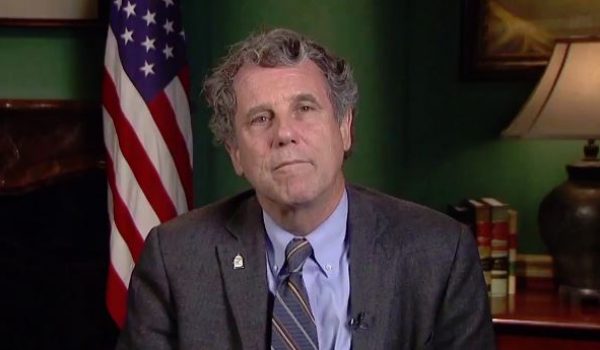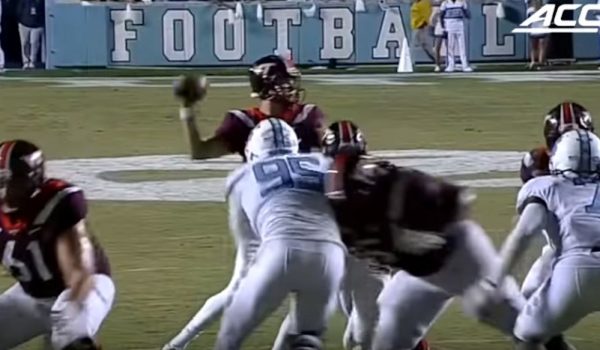
Yesterday, the Washington State Supreme Court declared it unconstitutional to give teenage murderers life sentences without the possibility of parole or early release. Its ruling covers even serial killers who are just one day shy of their eighteenth birthday when they torture and kill their victims. The 5-to-4 ruling in State v. Bassett was issued in favor of a man who murdered his parents and then drowned his brother in a bathtub. All of the five justices joining in the majority opinion are staunch liberals, while the dissenting judges include both moderates and liberals.
Last week, the state supreme court struck down the death penalty under the state constitution, even for adult murderers. Yesterday’s ruling, too, was decided under the state constitution. As a result, the U.S. Supreme Court, which only interprets the federal Constitution, cannot reverse these rulings, no matter how wrong they might be, or how much the murder rate rises as a result of these rulings. The only remedy Washington State residents have is to vote their state supreme court justices out of office (they are elected).
The U.S. Supreme Court has ruled that the death penalty does not violate the federal Constitution, if it is reserved for the worst adult offenders. It has made it very difficult for judges to impose life without parole for juvenile offenders, but it has not categorically banned life without parole when a teenage killer is utterly evil.
Will this presidential election be the most important in American history?
Both the state supreme court’s rulings — against life without parole, and against the death penalty — are based on the patently false claim that such penalties do not promote any “legitimate penological goals.” This claim is wrong: Deterrence of crime is a valid goal, and lengthy or harsh sentences deter violent crimes. The state supreme court focused mostly on other goals of the criminal justice system, such as rehabilitation, and the possibility of offenders reforming while in prison. But rehabilitating guilty people after they have already committed a horrible crime is not the number one goal of the criminal justice system. In fact, its primary goal is deterring violent crimes from being committed in the first place. This is the most “legitimate penological goal” of all.
The state high court gave short shrift to this goal, and the sanctity of human life. The U.S. Supreme Court has allowed higher penalties in murder cases than non-murder cases precisely of the unique value of human life. But the state high court, incredibly, complained that there was an “extreme jump” in sentences for teens who commit “aggravated first degree murder” compared to teens who commit other crimes, which weighed in favor of finding those higher sentences unconstitutional. But that jump in sentences just reflects the “extreme severity” of their offense. Killing someone is much worse than stealing their shoes or assaulting them.
A lot of teen killers may be released on parole. In California, reports the Washington Post, “Gov. Jerry Brown (D) has approved parole for roughly 2,300 lifers convicted of murder.”
Reducing the length of sentences for murder will increase murder rates, which had been falling due to a combination of improved crime-fighting technology (such as DNA testing) and higher incarceration rates. Reducing the length of sentences for violent crimes results in increased rates of violent crime. That is what happened in the 1960s and 1970s. As Professor Barry Latzer noted in the Wall Street Journal in “The Myth of Mass Incarceration,” “murderers released in 1960 had served a median 4.3 years, which wasn’t long to begin with. By 1970 that figure had dropped to 3.5 years.” “Between 1960 and 1990, the rate of violent crime in the U.S. surged by over 350%, according to FBI data, the biggest sustained buildup in the country’s history.”
Even before yesterday’s ruling, sentences for violent crime were already too short. As a criminal justice expert noted in the Wall Street Journal, “Most crime goes unpunished, certainly by a prison term.” The JFA Institute estimated in 2007 that in only 3% of violent victimizations and property crimes does the offender end up in prison. And “far from being prison-happy, the criminal-justice system tries to divert as many people as possible from long-term confinement. ‘Most cases are triaged with deferred judgments, deferred sentences, probation, workender jail sentences, weekender jail sentences,'” notes Iowa State University sociologist Matt DeLisi.
Soft-on-crime policies result in tragedy, as in the Washington Post story titled “How a violent offender slipped through D.C. justice system: Lenient Sentencing and law enforcement can give many chances despite repeated criminal behavior.” The offender it described was on trial for raping a 5-foot-tall, 100-pound woman and breaking her eye socket and cheekbone, after being spared any real punishment for past criminal acts, “including eight arrests in four years and a robbery conviction. Three times, he was sentenced under laws designed to promote leniency and second chances for inexperienced adult offenders.”
Harsh penalties like the death penalty save lives by deterring murder, as several studies have found. As the Associated Press noted in 2007, “Each execution deters an average of 18 murders, according to a 2003 nationwide study by professors at Emory University. (Other studies have estimated the deterred murders per execution at three, five and 14).”
The death penalty also can prevent murderers from committing more murders while in prison. A murderer already serving a life sentence has nothing to lose from killing his cellmate if there is no death penalty and may just keep on committing more crimes as a result if he can’t be executed.
The Washington Post gave the chilling example of a serial killer Darren Witmer. He “killed two senior citizens, got locked up,” killed his cellmate, and then “tried to extort money” from a “a 75-year-old woman living by herself north of Washington”:
Witmer, 45, figured he had nothing to lose.
He was serving three life sentences in Maryland for killing three people. In 1994, Witmer broke into the Frederick, Md., apartment of an 83-year-old veteran and beat him to death for $300. Days later, he forced a 78-year-old man in the same town to write a check for $1,000 before he killed him with a small ice chipper. In prison, Witmer strangled his cellmate.
Now, writing his letter — to a stranger whose address he’d swiped from his dead cellmate’s records — Witmer got to his point.
He had “people in position” ready to slip into the woman’s home, carry her to the trunk of a car, take her to a river and kill her. “Trust me,” Witmer wrote, “you won’t even see it coming.”
But for $700 sent to his prison account, Witmer said, she could avoid death.
The woman called the police. Officers paid Witmer a visit. He was charged with extortion. And in a Rockville courtroom Friday, six years were added atop his life sentences.




